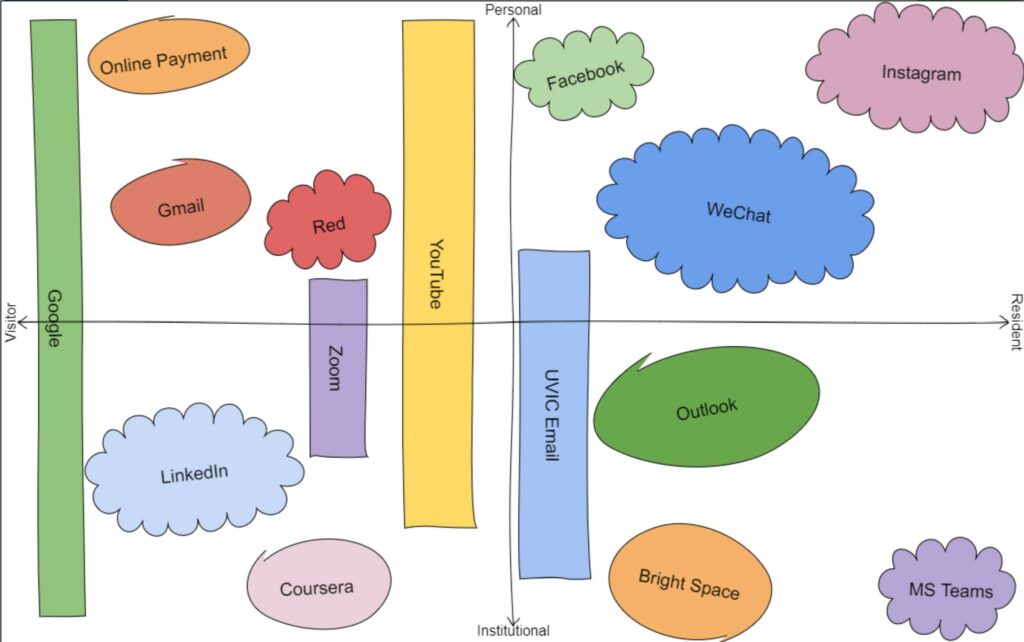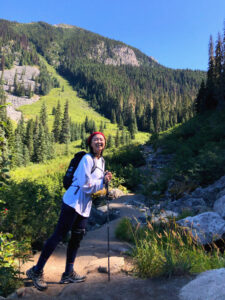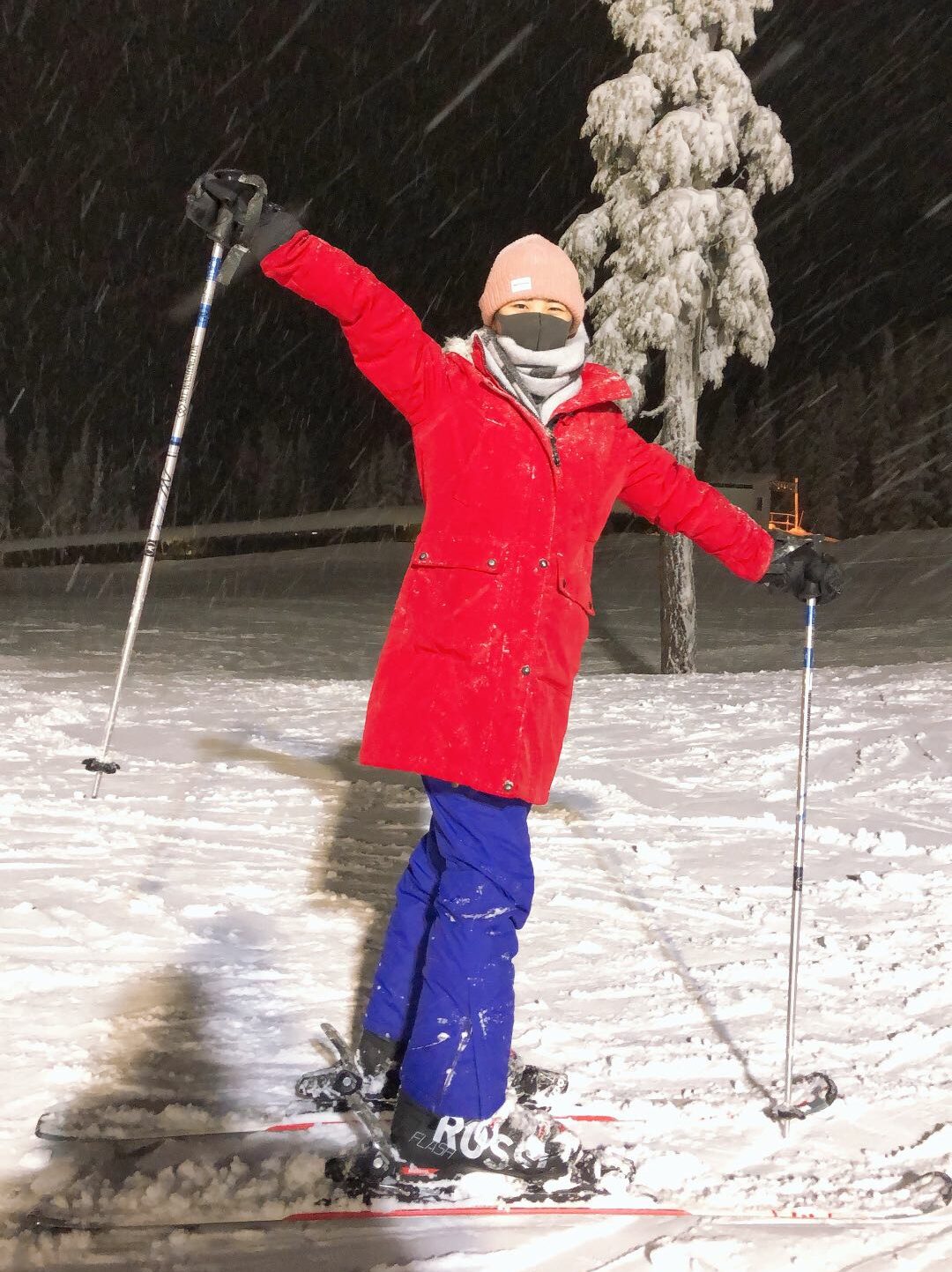How diverse is your existing PLN?
My PLN is divided into different uses according to different social media. For example, I will use Chinese social media, WeChat, to communicate with my Chinese relatives, friends, and colleagues. At the same time, I will share posts on it. People on my WeChat account will also divide into different groups to ensure that the audience I am posting is the group I want, thus separating my personal life and work. I will use Instagram to communicate with my friends living in Canada and share my daily life on it. At the request of the intern company, I will communicate with my intern colleagues through the MS team to broaden my network. I will also use LinkedIn to keep in touch with my colleagues in various periods so that we can help each other in professional areas.
In your PLN, are you learning from a variety of voices or are you the loudest in the room?
In my PLN, I tend to be a listener. I don’t like to say my views out loud. I listen to the views of others and then combine my own ideas to internalize the content. On a private platform, I often share some outdoor life and baking content, hoping to attract more friends to learn new interests with me. But in professional PLN, I rarely express my own voice. I don’t think I am familiar with professional social skills yet, so I don’t want to rush to make some immature remarks.
Do you participate in a silo of information sharing (similar themes or wide range of interests)?
This is divided into fields for me. When I am very familiar with a field and have relatively professional views, I am happy to share information. But when I am not very sure of the information to be shared, I am unwilling to share some unverified remarks. I don’t want to be the kind of person who spread rumours, so I am more cautious about the information I share.
How can you use a diverse PLN to broaden your views of inclusion?
I think a diverse PLN is very beneficial. It can broaden our horizons and enrich our ideas. Let us have an open mind to the world so that we don’t rush to refute it just because we have a different view. Just as there are tens of thousands of kinds of beauty in this world, there are also tens of thousands of ideas in this world. Everyone will have a different view of the world because of the growing environment and personal experience. But when we know enough, we can understand our PLN with our view of inclusion.
In your professional setting of choice, do you think inclusion is actively embraced?
My professional field is computer science. During my studies in school, I found that people (including those in the computer science department) often have some prejudice against people in this major. They think that people who study this major are very stubborn and don’t like to communicate with others. Of course, people with such personalities do exist, and there is nothing wrong with them. Also, I believe there are people with such personalities in all fields. At the same time, they feel that women’s accomplishments in the field are lower than men’s because girls are less good at thinking logically. So, I think in this regard, my professional field is not very inclusive. But these prejudices have not been seen in my internship. My manager is very open-minded. He will not make comments without really understanding a person. Therefore, this gives me confidence that my professional field will embrace inclusion more and more.
What is the learning outcome of your PLN and how are you ensuring your exposure to diversity and inclusion?
I will actively expand my PLN by searching for the content I am interested in. For example, by searching for knowledge about baking and following bloggers I am interested in, I have changed from a person who didn’t even use an oven to a person who can make all kinds of cakes, desserts, and bread. I am very satisfied with the outcome. By sharing the desserts, I made with the people around me, they understand that they also can make delicious food that they thought could only be bought in the store.
How has your thinking about inclusion and PLN evolved after reviewing the videos and readings?
After watching the video and reading the article, I have a deeper understanding of inclusion and diversity. I learned that in fact, everyone is different from everyone, and we are all the same after all. When we want others to understand our differences, others want the same.so there comes inclusion and diversity. By keeping those in mind, it will enrich our thoughts and become a humble person.
Reference
“EDCI 338 – 20 Minutes Moore.” Youtube, uploaded by MILLER, May 30 2021. https://www.youtube.com/watch?v=KeSV0rUl1bA
Moore, Shelley. One Without the Other : Stories of Unity Through Diversity and Inclusion, Portage & Main Press, 2017. ProQuest Ebook Central, https://ebookcentral-proquest-com.ezproxy.library.uvic.ca/lib/uvic/detail.action?docID=4832579




